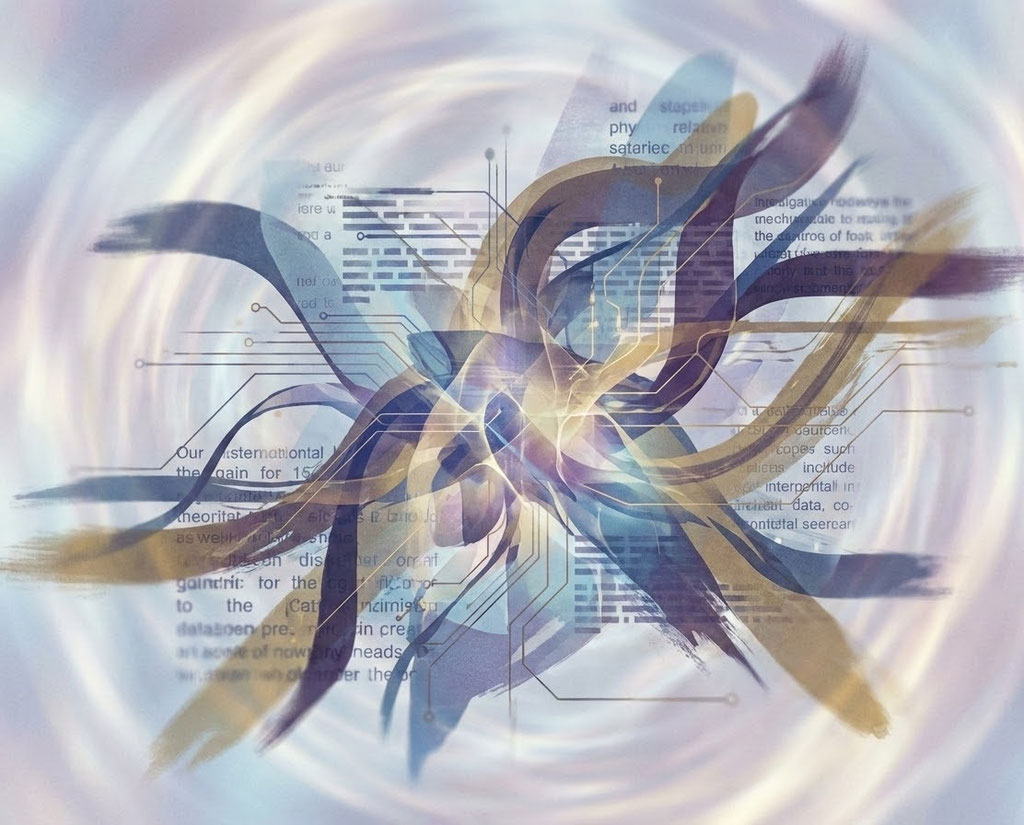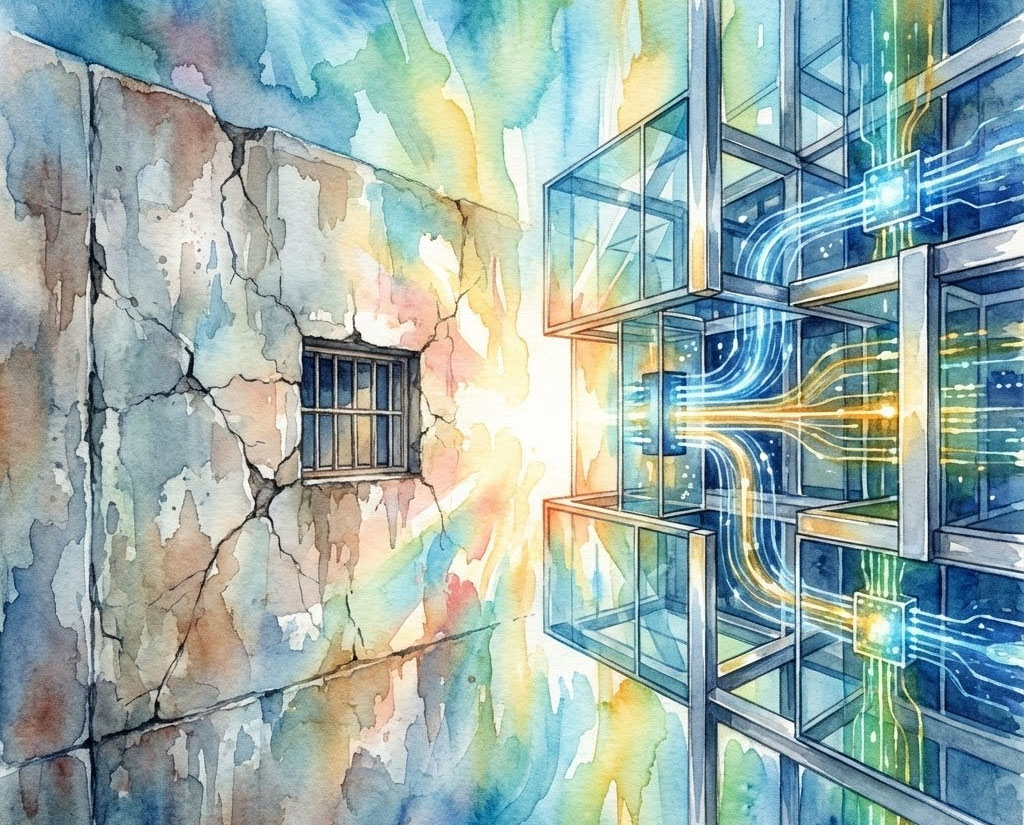
In an era where digital information plays a pivotal role in our daily lives, securing data from prying eyes is of paramount importance. One of the cryptographic systems that has gained recognition for its potential to resist attacks from quantum computers is the McEliece Cryptosystem.
The McEliece Cryptosystem: A Brief Overview
The McEliece Cryptosystem, designed by Robert J. McEliece in 1978, stands out as one of the earliest public-key cryptosystems. It is based on the concept of error-correcting codes, a foundation of information theory that predates modern cryptography. The McEliece system offers a unique approach to encryption by leveraging the difficulty of decoding in linear binary codes.Unlike modern encryption techniques that rely on number-theoretic assumptions, the McEliece Cryptosystem is believed to be secure even in the face of powerful quantum computers.
Key Components of the McEliece Cryptosystem
Public Key
The public key in the McEliece Cryptosystem comprises two main components:
- A parity-check matrix, H: This matrix is designed to introduce errors into the transmitted message, making it difficult for an eavesdropper to decode the original message without knowledge of the error. The systematic form of a parity-check matrix of a binary linear code.
- Generator matrix already defines a code
Private Key
The private key is a parity-check matrix, H, that allows for the efficient correction of errors introduced by the public key. The owner of the private key can decode the received message and recover the original message by correcting the errors. The systematic one is in the public key.
Encryption Process
To encrypt a message, the sender multiplies their plaintext with the parity-check matrix, H, to create a syndrome. This syndrome is then transmitted to the recipient.
Decryption Process
The recipient, in possession of the private key, uses the parity-check matrix, H, to correct the errors introduced during encryption. This process enables them to retrieve the original message.
Why the McEliece Cryptosystem is Important
Post-Quantum Security
The rise of quantum computers poses a significant threat to traditional cryptographic systems that rely on the difficulty of factorization and discrete logarithm problems. Shor's algorithm, for instance, can efficiently break widely used encryption schemes like RSA and ECC when executed on a sufficiently powerful quantum computer. The McEliece Cryptosystem, however, is believed to be quantum-resistant due to its foundation in error-correcting random linear codes, which quantum algorithms struggle to efficiently break.
Robustness
McEliece offers a robust and practical approach to encryption. Its security is based on well-established mathematical principles, and it has withstood decades of cryptanalysis without significant vulnerabilities being discovered.
Versatility
The McEliece Cryptosystem is versatile and adaptable to various settings and security requirements. It can be used for secure communications in a wide range of applications, from secure messaging to protecting critical infrastructure.
Conclusion
The McEliece Cryptosystem, a pioneer in public-key cryptography, continues to play a vital role in our quest for secure digital communication. Its resistance to quantum attacks and the robust foundation of error-correcting codes make it an invaluable candidate for the future of post-quantum cryptography. As we face the ever-growing threat of quantum computing, the McEliece Cryptosystem reminds us of the importance of innovative cryptographic solutions to safeguard our digital world.
Think you have what it takes to crack these codes? Don’t miss the TII McEliece Challenges at HeroX and see your name on the leaderboard.








